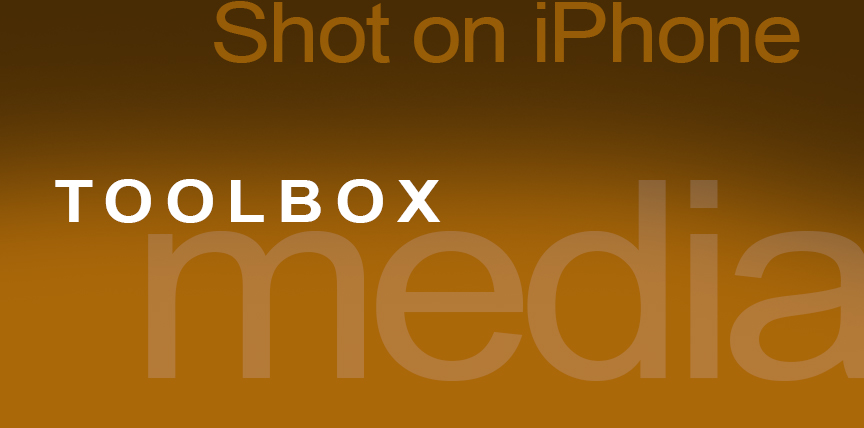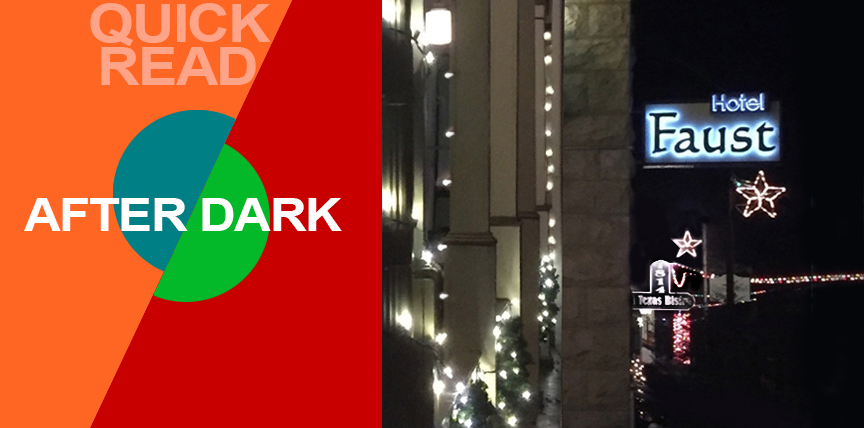
IN THE MEDIA

Cinematographer Greig Fraser on film making and shooting on iPhone.
WRITTEN & EDITED BY STEVE HOLLOWAY
No matter where you are as a filmmaker, photographer or videographer, these interviews will give you an insight into how technology is affecting image creation. And why you are the most important part of any “kit” you take into a shoot.
Purist will rail against the iPhone to make the case for digital mirrorless or single lens reflex image capture. At the same time, one of our most influential image creators, Grieg Fraser, the cinematographer behind (to name just a few) Zero Dark Thirty, Dune, The Mandalorian and The Batman isn’t obsessive about equipment.
His only interest is what’s best for the project. Fraser has shot on film, on digital, on digital output to film then rescanned to digital, in natural light and on virtual sets where the LED volume of light is the light source.
IT’S JANUARY 10, 2013 the day before Director Kathryn Bigelow’s action thriller Zero Dark Thirty opens across the country. Matthew Steigbigel is interviewing the film’s cinematographer, Greig Fraser for The Credits, the Motion Picture Association’s online magazine.
Fraser talks about changing technologies, older vs. newer lenses and film vs. digital, and the choices that were made for Zero Dark Thirty.
Fraser: “Cinematographers are going back to an older series of glass because you have these digital sensors that are absolutely flawless. Directors used to say “I want to use a really fast [film] stock, I want lots of grain, I want a lot of character for the image.” Put a modern lens on a modern camera and one thing you’ll not get is character. That itself is a flaw, because even though technically everything is perfect, directors will always want character in their images. You used to be able to get that character with film stock, but in fact to be honest, we haven’t been able to do that for years, because the film stock now is so good, it’s hard get the grain that filmmakers used to be able to get for ages and ages.
But you know the really exciting part about that argument is, if this is what we are working with, how do we make that work for us?
Film’s a flawed medium too, it scratches and fogs, but it’s a format we’ve all loved and enjoyed for a hundred years. Since film was invented filmmakers have used film to their advantage. It started with slow film, and then it got faster, and then they started pushing it, it was an evolution.
Digital is also a flawed medium. Data can get wiped off drives, sensors can have issues with them during the take. But filmmakers are starting to evolve with it.”
This was Fraser’s first major film he shot digitally (he always shot 35mm film before).
When asked about digital vs. film, he answered “Well that’s a conversation that needs to happen over about seven hours. It’s such a broad topic now. But yes, I’ve shot practically everything I’ve done on film. And yes, we did test film for this, and yes, we liked film for this.”
In the end, logistics was the main consideration that led to shooting digitally. They were going to be in multiple countries with loosely scheduled shooting calendars so having the right film when you needed it would have been difficult.
So, they decided that “what’s better for the film is that we have freedom and the ability to do what we want when we want.”
Shooting on digital gave them that freedom.
Now for the prophetic statement:
When asked about all the technological developments that filmmakers have gone through, Fraser summed up with, “Filmmakers are a pretty crafty bunch of people, and they generally make whatever medium they have work.
“Take Roger Deakins and Skyfall, he’s a very crafty fellow, he’s going make whatever format he get’s given look extraordinary. Give him an iPhone and he’ll make it look extraordinary.”
Again: “Give him an iPhone and he’ll make it look extraordinary.”
This philosophy translates from cinematography to videography to still photography.
It’s the photographer, cinematographer or videographer, not the equipment that make images look extraordinary.
How literal was Fraser being when he made his iPhone reference? It would be hard to know without what happened eight years later.

Fast forward to September 24, 2021.
Apple introduces the iPhone13.
To promote it, Apple uploads On set with iPhone 13 Pro created by award winning director Kathryn Bigelow and, you guessed it, cinematographer Greig Fraser.
Bigelow and Fraser were working together again. They crafted five spots in one, showing brief scenes mimicking five different genres: gangster, space thriller, war movie, romance and Western.
The vignettes do a nice job of promoting Cinematic mode, while also highlighting a longstanding advantage of iPhone – how small, lightweight and flexible it is shooting in tight spaces.
Cinematic Mode.
The iPhone Cinematic Mode lets you shift focus from the foreground to the background. Now you can shoot with a shallow depth of field and automatically add elegant focus transitions between subjects. The Cinematic Mode can also anticipate when a prominent new subject is about to enter the frame and bring them into focus when they do. You have the option to change focus or adjust the level of bokeh even after capture.
On Set with iPhone 13 Pro includes behind the scenes shots and a running commentary by Fraser and Bigelow:
Bigelow: “The iPhone doesn’t require any ancillary pieces of equipment …with so much accessibility, I think all pretension tends to disappear. And so it makes the set and the filming process much less apprehensive…It’s a completely integrated process now”.
Fraser: “There were no limitations to what I could do with this particular camera. Whereas normally, everybody gets so precious about a camera lens – it’s so expensive or it’s so..it’s so fragile. One of the things that the iPhone couldn’t do up until now, was to create an idea of depth from a lens. With Cinematic Mode, what’s exciting is, we can actually choose focus later. To me, that’s really bringing it up to the professional film cameras.
Fraser adds: “We can actually go ahead and make these stories, and make these films using the tools on this iPhone. I believe that with the advent of and with the addition of Cinema mode, we’re going to very, very soon see filmmakers make films in a different way, which is exciting.”
“We have the iPhone that is a professional filmmaking tool, which is exciting as a filmmaker”.
Bigelow: “It might even birth a brand new genre”.
Fraser: “I have no doubt it will. Just given the size, and given the ability to move this camera”.
Bigelow: “Exactly”.
Fraser: “It will change the language of cinema in a very positive way.”
There’s more.
In the video Red Dragon or iPhone 12? Tomorrow’s Filmmakers compare a $30,000 Red Dragon to an iPhone 12 by cutting scenes together from each but not identifying the image sources before hand. Then going on to show techniques to achieve different film effects. You be the judge, but, to my eye, the iPhone holds its own.


QUICK READ: AFTER DARK

Night Photography
Today, films are using more and more low light imagery to tell a story. Films like The Batman and Zero Dark Thirty. Why? Because low light and night photography produce dramatic images that, to me, make you feel like you’re actually there, that let you jump the gap from viewer to participant.
It’s too easy to stop shooting after the sun goes down. The “light” is gone so there’s nothing to shoot, right? Wrong. That’s why I consciously remind myself to go out and shoot at night, even if it’s for just 10 or 15 minutes.
10 or 15 minutes. That’s about how long it took to capture this image of The Faust Hotel at Christmas or time. Images that say “Christmas”. Captured hand held on an iPhone 6.
NIGHT PHOTOGRAPHY TIP: Turn your flash off and let the camera calculate the exposure.
NOTE: Starting with the iPhone 11 Pro Max, Night Mode was added. Night Mode uses a variation of HDR image capture technology capturing multiple frames and using parts of each to produce even more extraordinary low light images.

- Shot on iPhone Toolbox [ Homepage ]
- Two Essential Skills [ Change How You Shoot ]
- Two iPhone Features People Take for Granted
- Toolbox How To Guides [ 27 Deep Dive Guides ]
- Translate your Skill Set into a Working Process
- IDEA FILE Shot on iPhone Gallery One
- IDEA FILE Road Portraits One
- IDEA FILE Road Portraits Two
- Digital Evolution
- From The Batman to Shooting on iPhone
- Making the Case For Shooting on iPhone
- Camera and Light Kit Ideas
- Copied on iPhone
- The Power of One Idea
- Becoming Proficient in Post Production
- Designing with Type
- Learning From Cinema
- How the Three Lenses on iPhone Work
- Here are My Influences [ Who are Yours? ]
- Steve Holloway [ Photographs ] Pre iPhone
- Steve Holloway [ Memoirs ]

